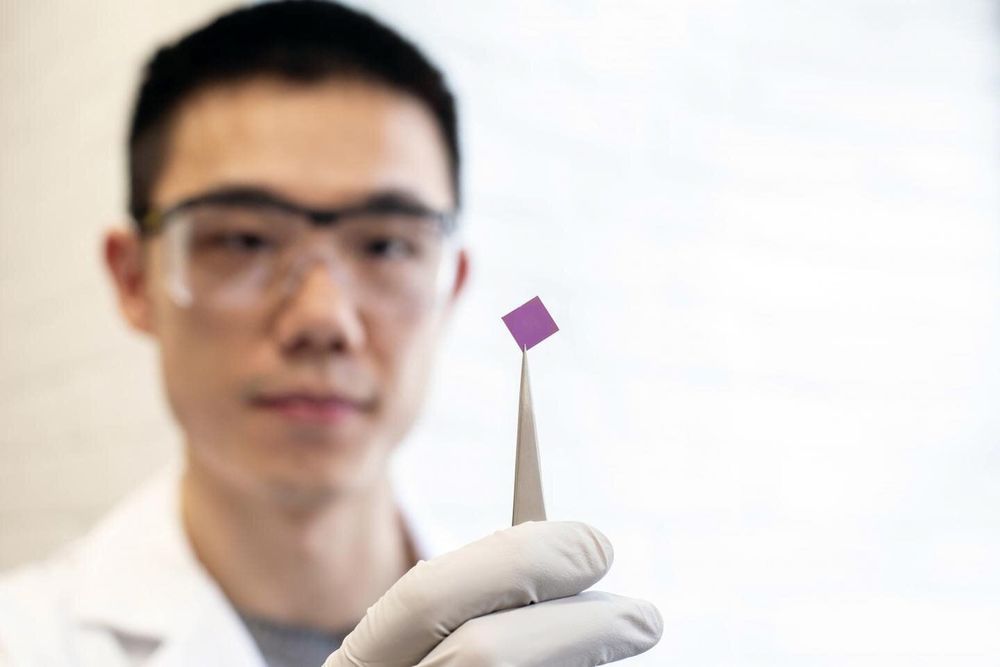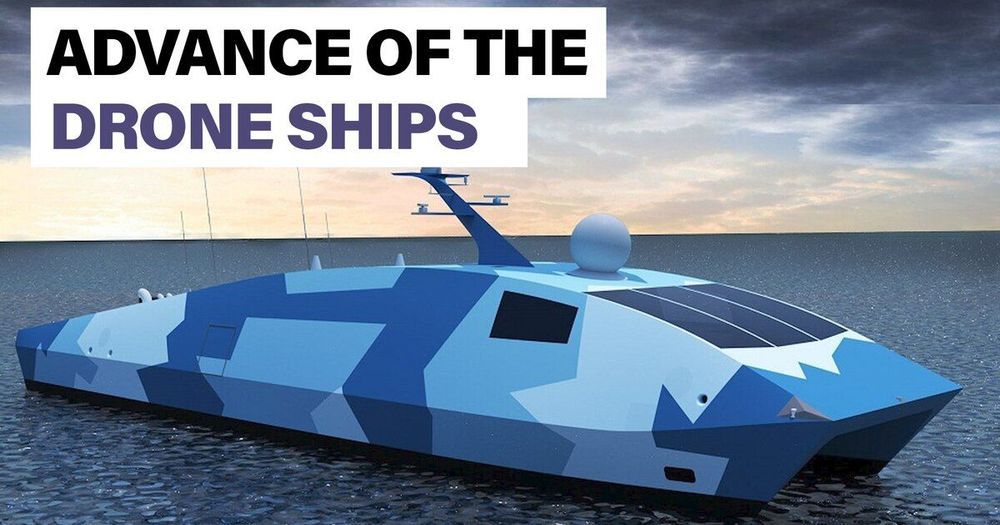My day was completely ruined yesterday when I stumbled upon a fun fact that absolutely obliterated my mind. I saw this tweet yesterday that said that not everyone has an internal monologue in their head. All my life, I could hear my voice in my head and speak in full sentences as if I was talking out loud. I thought everyone experienced this, so I did not believe that it could be true at that time.
Literally the first person I asked was a classmate of mine who said that she can not “hear” her voice in her mind. I asked her if she could have a conversation with herself in her head and she looked at me funny like I was the weird one in this situation. So I began to become more intrigued. Most peo ple I asked said that they have this internal monologue that is running ram pant throughout the day. However, every once in a while, someone would say that they don’t experience this.








